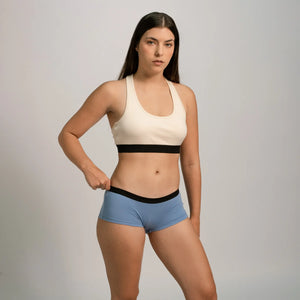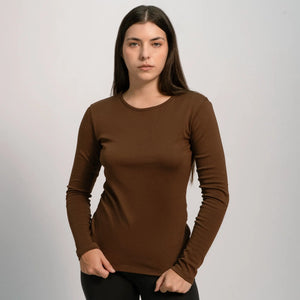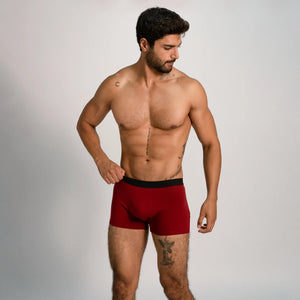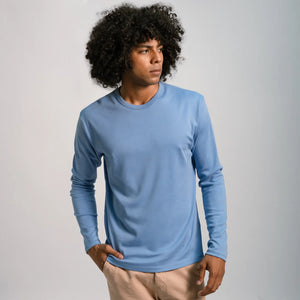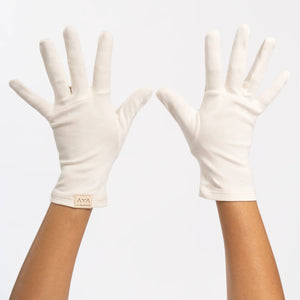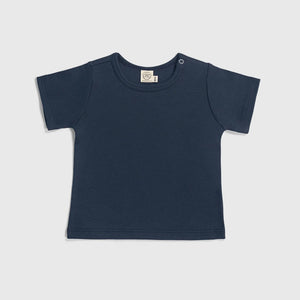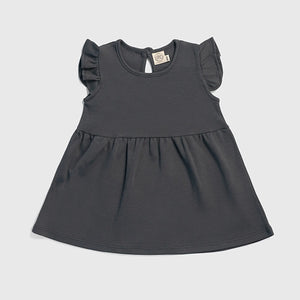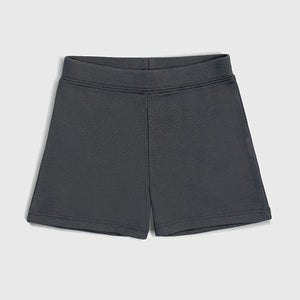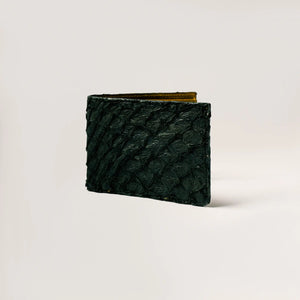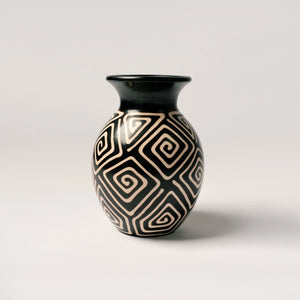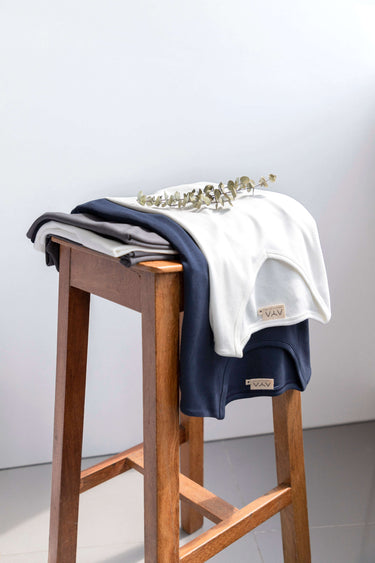Single Origin: Peru
Being a single origin brand means that every step of our supply chain (from raw materials to the final product) is located at a single place of origin: Peru.
Single origin supply chain allows us to keep a short distance between our supplier and our studio, which helps us maintain our overall carbon footprint as low as possible.
Manufacturing Brand
A manufacturing brand is a brand that manufactures their products themselves. This means we do not contract factories to turn the fabric into clothes - we do it ourselves.
Owning our studio is the most efficient way to be fully transparent and traceable. We do not rely on third parties to create our products.

Our Studio
We call our factory a "studio" as it perfectly captures the essence of our production facility. It's a small production center based in Lima, Peru, where all the magic happens and where we turn fabric into clothes.
Being present in every step of production allows for innovations, quality control, and first hand collaboration with our workers.
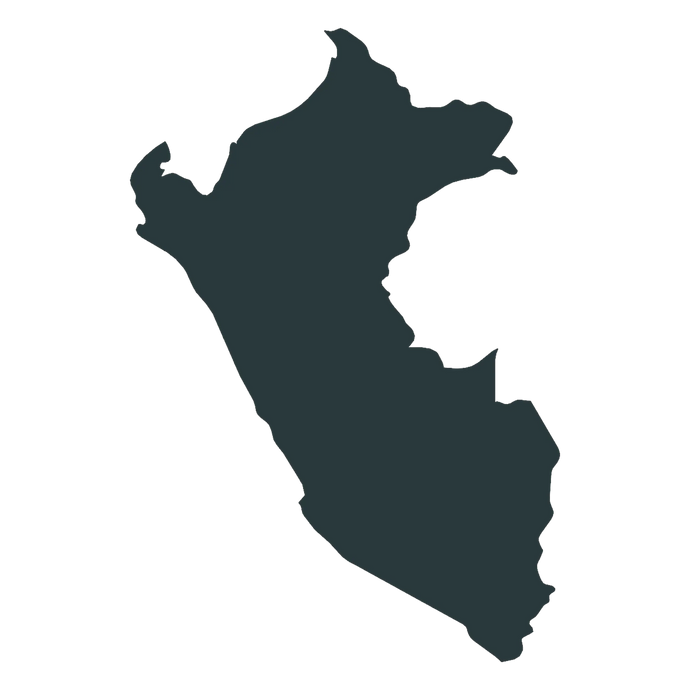
Our Production Step by Step
Fiber Production
Organic Pima cotton originates from the north of Peru but now its being sourced from some southern parts of Peru and its knitted and woven in Lima. The organic Pima cotton is farmed according to USDA and GOTS standards:
- Non-GMO seeds
- Free of chemical fertilizers, pesticides, herbicides and defoliants
- Harvested by handpicking
After the cotton plants have been processed at a cotton gin, the plant material and other debris is removed by diving and carding the lint. 40% of cotton is fiber, the rest are seeds which are used for different purposes. From the gin, cotton fiber goes to textile mills.

Garment Making in Lima, Peru
Natural Dyes
Raw Cotton fabric is dyed in Lima with plant-based dyes. We are currently using 2 natural dyes: Indigo and Eucalyptus. Our Natural White items are undyed, using only a natural color of Organic Pima Cotton.
Fabric Finishing
An essential step that nobody talks about is softening the newly made fabric with fabric finishing. We use finishing that is OEKO-TEX certified, however, we are still searching for a more natural alternative.
Garment Sewing
After the fabric is dyed and treated with fabric finishing, it is finally ready to be stitched into garments with 100% Pima Cotton threads.
Labels
The final stage of the manufacturing process is adding labels. Aya's inner labels are made from 100% Organic Cotton and printed with a GOTS certified ink.
